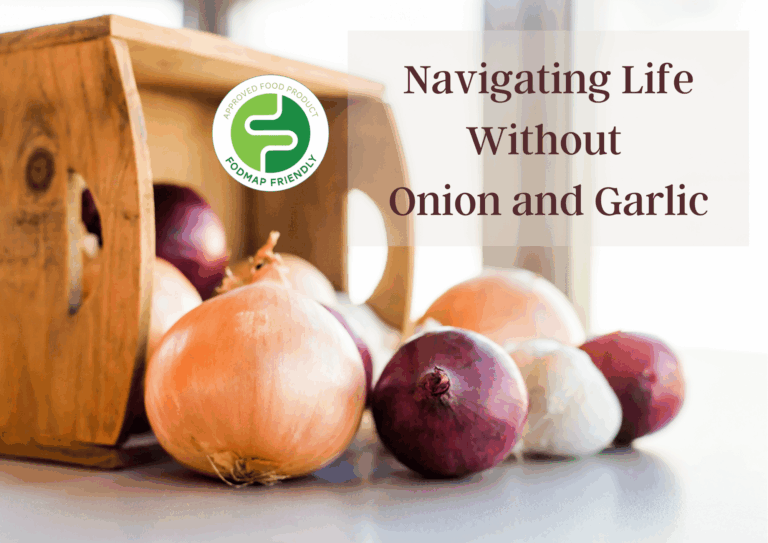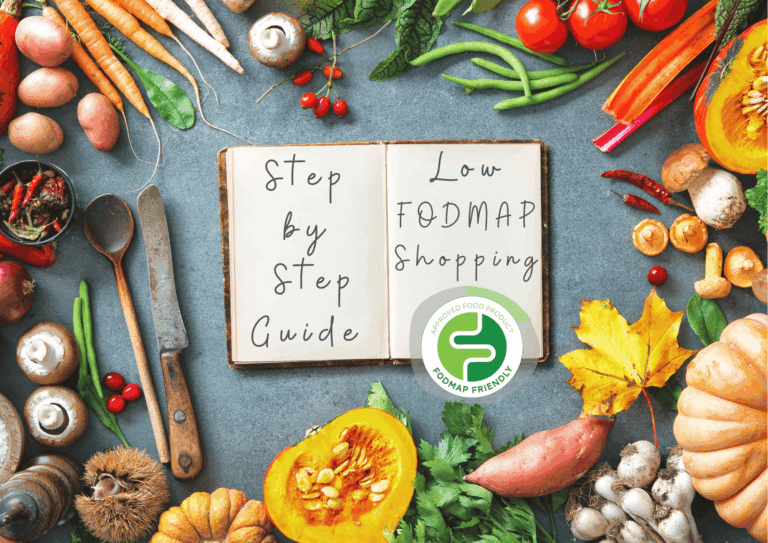Haemochromatosis is the most common genetic disorder in the world, yet this may be the first time you are hearing about the condition. Haemochromatosis, also known as iron overload, is a disorder where your body takes in and stores too much iron from the diet. Equally likely in men and women, one in seven people carry the disorder. Today on the blog to commemorate July being Haemochromatosis awareness month in the United States, we’ll do a deep dive into Haemochromatosis, its treatment and how it interacts with nutrition, particularly the low FODMAP diet.
What is Haemochromatosis?
Haemochromatosis is a genetic disorder characterised by a person absorbing too much of the iron they consume. Although iron deficiency gets more airtime than iron toxicity, it is important to know that storing too much iron can be just as dangerous as not storing enough. Since iron is a mineral, accumulation in the body takes time to occur and the consequences may take several years to be recognised. This is why early diagnosis and treatment is vital with Haemochromatosis.
Too much iron is toxic to the body. Iron builds up slowly, particularly in the liver, heart and pancreas which can damage these organs over time. Excess iron can weaken the body’s immune system, and a weakened immune system results in greater susceptibility to infections or illness.
Not all people diagnosed genetically with Haemochromatosis will go on to accumulate iron to high levels. Individuals with no organ damage (due to an early diagnosis and treatment) can expect to have a normal life span. When Haemochromatosis is diagnosed later in life, patients may need more ongoing monitoring and treatment. 1 in 200 Australians of northern European heritage are affected by haemochromatosis, but many wouldn’t be aware of it. More awareness and education surrounding this condition are key to earlier diagnoses.
What are the symptoms and how do we diagnose & treat Haemochromatosis?
Early iron overload symptoms can be confused with other common conditions such as arthritis, stomach ailments or chronic fatigue syndrome which makes it difficult to diagnose. Common symptoms of Haemochromatosis include joint pain, stomach pain, extreme tiredness, weakness and weight loss. It is important to note that not every person with iron overload will have all of these symptoms.
If a Doctor suspects you have iron overload, it can be diagnosed with blood tests that measure the amount of iron circulating and stored in your blood. If the blood test suggests that you have iron overload, a four-to-six-week trial of the treatment will confirm whether you have the disease.
The great news is that iron overload can be treated, and the treatment works well to prevent complications. Haemochromatosis is treated through an established process of blood removal called venesection. Similar to donating blood, when blood is removed from the body, the body is clever and makes more red blood cells to replace it, using up some of your stored iron.
How does diet interact with Haemochromatosis?
Since a venesection is the best way to remove excess iron from the body, there is no need to follow a strict low-iron diet. However, people with diagnosed Haemochromatosis may choose to reduce their red meat intake to reduce the frequency at which they need blood removed.
Although diet can’t be used to cure Haemochromatosis, here are three key nutrition tips for those with this condition:
– Avoid iron supplements or other supplements that contain iron. Since Haemochromatosis is a condition of excess iron, we want to reduce the strain of more iron on the body.
– Consult your Doctor before you take any supplements containing Vitamin C, since this vitamin increases absorption of non-haem (plant) iron from food.
– Alcohol absorption puts a great load on the liver. Excess alcohol consumption can increase liver problems and iron absorption. This is why it is important to check your Doctor’s stance on alcohol consumption with the individuality of your condition.
– Be careful when eating raw seafood. A bacterium found in raw seafood called vibrio vulnificus can cause septicaemia which is life threatening and thrives in the blood of those with high levels of storage iron (ferritin). Although this bacterium is rare in Australian waters, it can be found more commonly in seafood from Mexico, Asia and Indian.
Can I follow the low FODMAP diet if I have Haemochromatosis?
If you are diagnosed with both IBS and Haemochromatosis, you may be advised to follow the low FODMAP diet with a few adjustments. Since the general nutrition advice for Haemochromatosis is to follow a balanced diet of foods high in nutrients and low in saturated fat, the low FODMAP component typically fits quite well. You’ll want to keep your Vitamin B1 and Folate levels within healthy range while limiting alcohol and seafood. Here is a list of low FODMAP foods rich in Vitamin B1 and/or folate:
Low FODMAP foods high in Vitamin B1
Vitamin B1, also known as thiamine, is a B vitamin. Food sources of thiamine include wholegrains, meat and fish. Increasing your low FODMAP wholegrain intake may be a great way to increase your thiamine intake in a Haemochromatosis-friendly way. Low FODMAP wholegrains include puffed amaranth, rice, quinoa, oats and millet. Check your FODMAP Friendly App for specific serve sizes: Android or Apple (iPhone)
Low FODMAP foods high in folate
You can think of the vitamin folate as ‘foliage’ – meaning plants! The main sources of folate are in green leafy vegetables, which are a typically fantastic low FODMAP choice. Such vegetables include spinach, kale, courgettes/zucchini and bok choy. As above, be sure to check your FODMAP Friendly App for the recommended serve sizes.
In Summary
In summary, Haemochromatosis is a common genetic condition that often goes undiagnosed, partly due to a lack of awareness and education around the issue. There is established, evidence-based treatment for Haemochromatosis through venesection, but dietary changes may reduce the frequency at which you need blood removed. A low FODMAP diet should slot quite easily into the dietary recommendations for those with Haemochromatosis. As always, it is important to work with your Dietitian and Doctor for support in navigating this complex condition.
Written by Charlotte Barber (Student Nutritionist)
Reviewed by Kiarra Martindale (Accredited Practising Dietitian)










